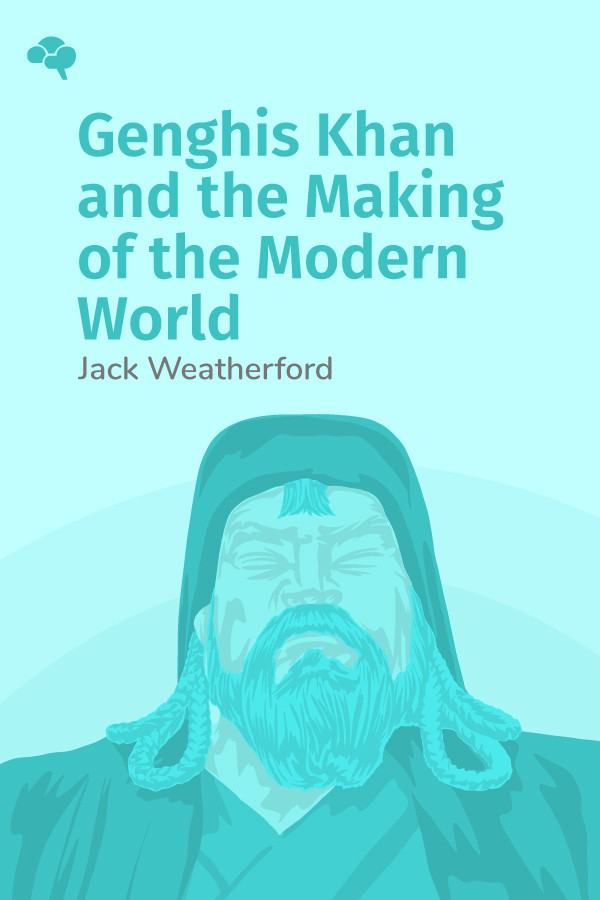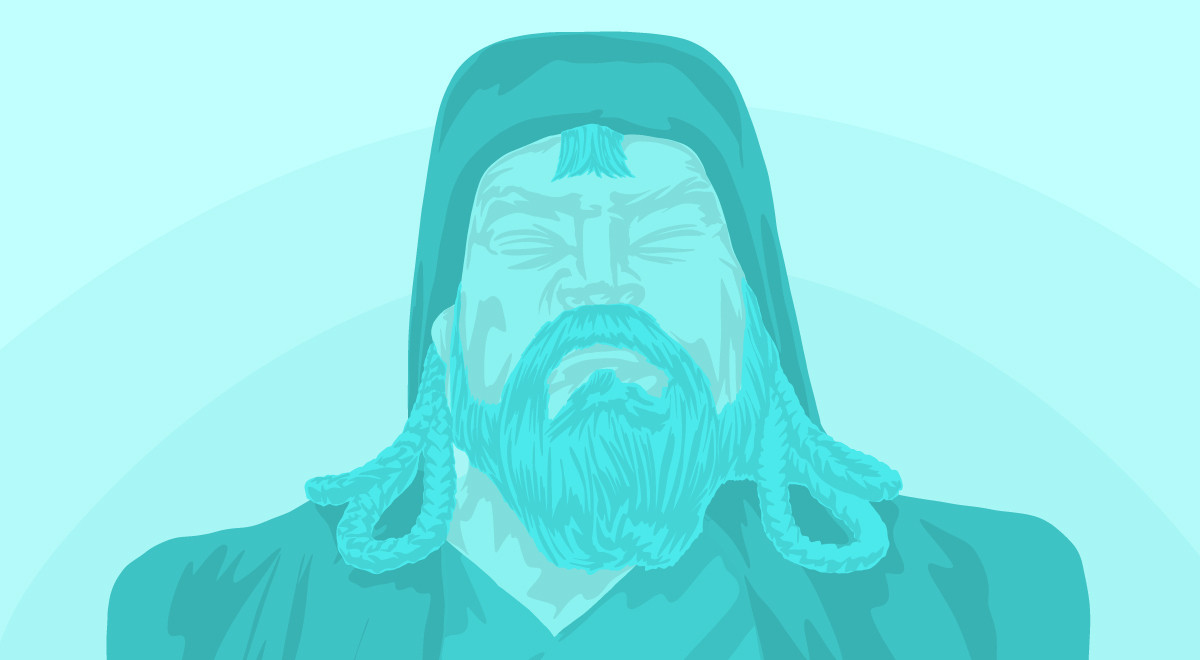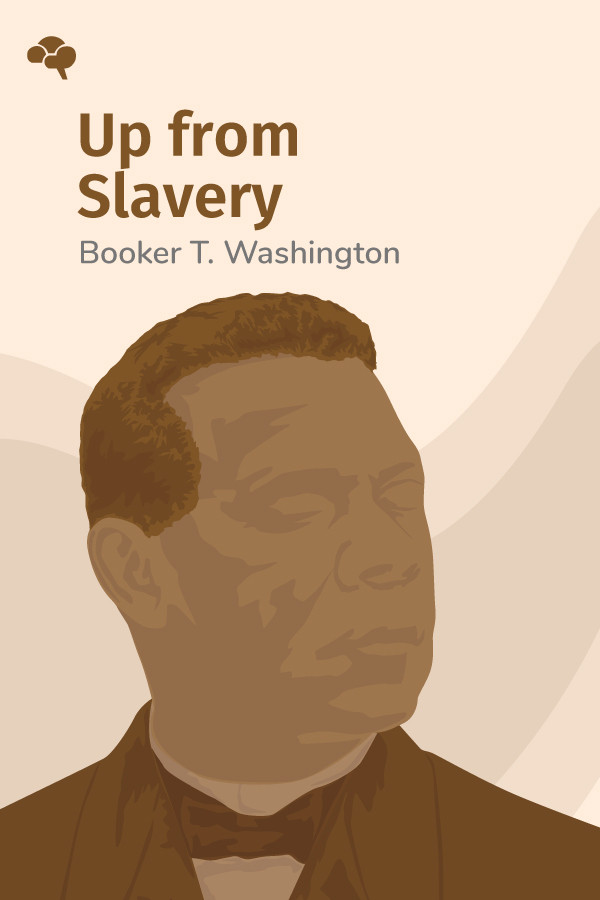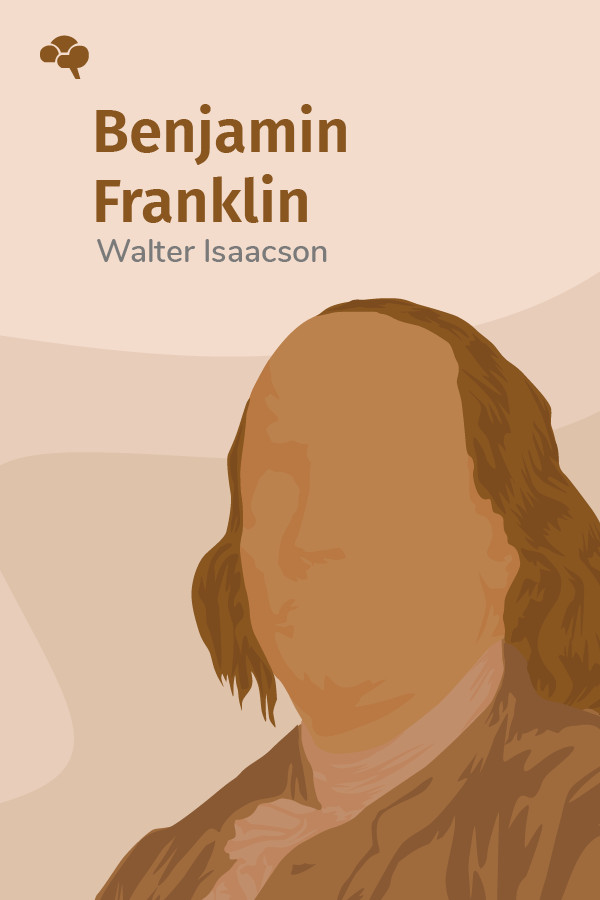

What You'll Learn:
In popular imagination, Genghis Khan is a name virtually synonymous with conquest and savagery, but for eight centuries, Genghis Khan has been revered as a founding father in Mongolia, though little was known about him. He refused to let artists create a portrait or statue of him, so we don’t even know what he looked like, really. When the Soviets took over Mongolia, they wanted to keep the Mongolians ignorant: They desecrated Buddhist temples and destroyed relics that honored the Great Khan. They sealed off access to the regions of Mongolia where he was likely born and buried, which would have had nationalistic and even spiritual significance for the Mongolians. The Communists did not want the Mongolians to rally around a heroic figure and retaliate. When the Soviet Union collapsed, anthropologist Jack Weatherford, with the help of scholars and local guides, pored over recently translated ancient manuscripts that detailed the Genghis Khan story, traveled around Mongolia to understand his stomping grounds, and gradually pieced together a picture of the warlord’s life that helps us appreciate him as a man, and why his accomplishments were so towering. Weatherford’s account unsettles many conventional understandings of Genghis Khan and settles his rightful place in human history.
Key Insights:
- Before Genghis Khan became the most brilliant military leader in history, he was a poor, fatherless, and uneducated outcast named Temujin.
- Every skill Genghis Khan honed growing up became part of his repertoire of conquest and resourcefulness.
- Once the conquered swore loyalty to the Mongols, they were under the protection of the Mongol Empire.
- Trade under the Mongols brought an unprecedented level of globalization to the world.




